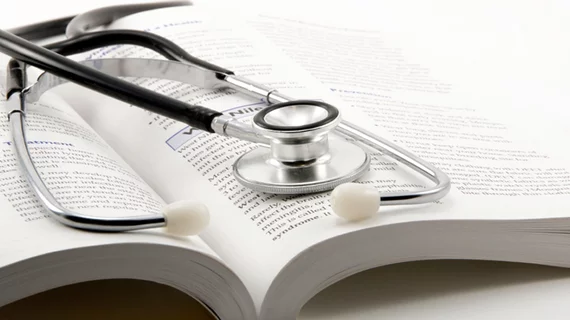Report: Every med school student can benefit from a strong radiology program
Picking a med school with a strong radiology curriculum is beneficial for all prospective students—regardless of whether or not their aspirations lie in the specialty, the U.S. News & World Report wrote this week.
“Experts say a radiology rotation is especially helpful for medical students who intend to enter a speciality that is heavily reliant on radiology, such as surgery,” the report read. “Plus, a school with high-quality introductory lessons on radiology will help students become competitive for a radiology residency program if they decide to become a radiologist.”
According to the article, students can gauge a radiology program’s value by its experiential learning opportunities, whether it has a strong anatomy course, the proximity of the school to a reputable residency program and whether the program has pioneered innovative radiology research.
For students who know they want to specialize in radiology, it’s important to look into med schools that also offer multiple “excellent” academic departments, Ohio State radiology professor Alex Grieco told the U.S. News & World Report, since radiologists need to be equipped to recognize subtle signs of disease across the human body.
Read the full report here:

